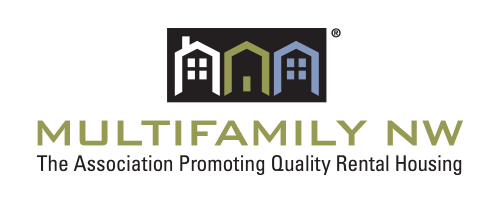Congress can help solve the housing affordability crisis
The U.S. affordable housing shortage is worsening as it spreads to previously affordable communities and increasingly affects not just low-income, but also middle-income families. This current state is the result of an underproduction of apartments following the Great Recession, rapidly rising construction costs and stagnant incomes.
There is a serious supply and demand mismatch in the rental housing sector. From 2000 to 2015 alone, 23 states under-produced housing of all kinds to the tune of 7.3 million units according to Up for Growth and ECONorthwest. The U.S. will need 4.6 million new apartments by 2030 just to keep up with demand based on research by Hoyt Advisory Services, the National Multifamily Housing Council and the National Apartment Association. But building those new units is expensive. The Lincoln Land Institute found that land costs have almost doubled since 2000, and hard construction costs are up 57 percent. Meanwhile, Census Bureau data shows that real median renter household income declined by 5.6 percent from 2000 to 2016.
Solving this problem will require action at all levels of government. To begin with, we need serious regulatory reform. According to a recent study, regulation adds an average of 32.1 percent to the cost of an apartment unit, a number that can reach as high as 42.6 percent.
Apartment firms trying to meet the nation’s housing needs face outdated zoning and land use laws, time-consuming permitting requirements, inflated parking requirements and more. Working through those, plus neighborhood opposition to new housing under the dangerous umbrella of NIMBY-ism, means it can take more than a decade just to break ground on a new property.
Add in the fees localities impose on new housing, such as impact and inspection fees and inclusionary zoning requirements, not to mention the threat of rent control, and you have a perfect recipe to discourage the production of housing and significantly raise the costs (and thus rents) of the properties that do get built.
The apartment industry stands ready to help America meet the growing demand for rental housing, but it will take a public-private partnership. Importantly, the federal government has a role to play.
Among other things, it can use its power of the purse to help advance state and local regulatory reform. The potentially bipartisan initiative on infrastructure is a great example. Housing should be part of the conversation and any funding allocated via an infrastructure bill could be tied to smart housing reforms. Examples of these include streamlining and expediting approvals, providing density bonuses for properties near transit or those that include middle-income units, enacting “by-right” zoning, deferring taxes in exchange for setting aside some affordable units, creating more entitled land and providing underutilized public land.
In addition, Congress can, and should, expand the Low-Income Housing Tax Credit and enact a comparable Middle-Income Housing Tax Credit. They can preserve and increase funding for programs that address housing affordability, including FHA multifamily loan programs, CDBG and HOME.
Federal officials should also fully fund the Section 8 housing choice voucher program and reform to make it easier for recipients and property owners to participate in it. Right now, the program’s success is limited by inefficient, costly and duplicative requirements.
Finally, as lawmakers consider housing finance reform, they should ensure that any new system maintains an explicit federal guarantee for multifamily-backed mortgage securities, recognizes the differences between multifamily and single-family finance and retains the successful components of the existing multifamily programs.
The U.S. hasn’t passed truly comprehensive housing legislation since the 1960’s. That means we are trying to solve a complex, modern-day problem based a legislative and legal foundation that is over half a century old. It’s time for some changes. We are pleased to see the new prominence housing is getting at the federal level. And we are optimistic that the bipartisan interest in an infrastructure package could also expand housing opportunities since housing is clearly a basic part of any community’s infrastructure.
Housing is a complex and nuanced challenge with no single solution. But, by working together, federal state and local policymakers and the private sector can make a meaningful difference for communities and Americans across the country struggling to afford their housing.
Sue Ansel, President and CEO, Gables Residential and Chairwoman of the National Multifamily Housing Council.
